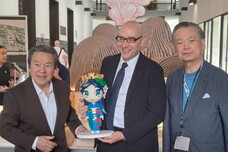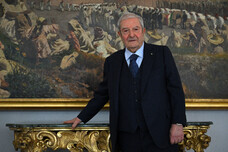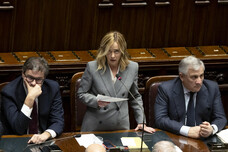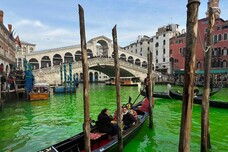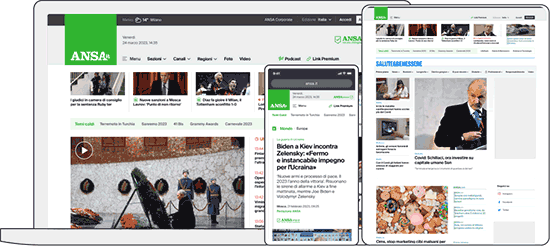The Italian ministry of culture on Thursday launched an international selection process for the appointment of directors for 20 of the country's top museums.
The new managers will be in post on June 1.
The move is part of a broad package of reforms introduced by Culture Minister Dario Franceschini to reorganise Italy's museum system to better preserve and valorise the national cultural heritage. Specifically, the decree signed on December 23 provides for the creation of 20 autonomous museums and a further 17 regional museum 'centres' or groupings in the Italian regions with State-run cultural sites. The international selection process concerns the appointment of directors for the 20 autonomous museums: the Borghese gallery, the national gallery of modern and contemporary art and the national gallery of ancient art in Rome, the Uffizi gallery, the Academy gallery and the Bargello national museum in Florence, the Academy gallery in Venice, the Capodimonte museum and the national archaeological museum in Naples, the Brera gallery in Milan, the Royal Palace in Caserta, the Estense gallery in Modena, the Marche national gallery in Urbino, the Umbria national gallery in Perugia, the national archaeological museum in Regio Calabria, the national archaeological museum in Taranto, the archaeological park at Paestum, the Duchal palace in Mantova, the Royal Palace in Genoa and the royal palaces in Turin. The call for applications is published on the culture ministry website and will appear in the British weekly magazine The Economist on Friday. The deadline for applications is February 15 and the candidates will be screened by a panel of five experts. The selected candidates will remain in post for four years with a gross annual salary of between 78,000 and 145,000 euros, plus a possible productivity bonus of up to 40,000 euros. Separately, consultations began on Thursday to identify directors for Italy's 17 new museum centres. "For Italy it is a real innovation," Franceschini said. "The strength of the Italian museum system is in its 4,000 museums in their entirety, we want to valorise this strength." The reforms come on the heels of changes last July to opening hours and entry fees at State-run museums, monuments and archaeological sites to bring Italy "into line with Europe".
In the second half of last year the total number of visitors to state-run cultural sites rose by around 1.3 million or 6.4% to nearly 20.5 million over the same period in 2013, with a consequent increase in takings of around 6.3 million euros, or 9.1%. Total entries to State-run museums and sites in 2014 were 40,287,393, up 6,2% on the previous year, while total income stood at 134,860,105 euros, up 7% on 2013 according to ministry figures. The Colosseum in Rome, the archaeological area of Pompeii outside Naples and the Uffizi gallery in Florence remained at the top of the league for visitor numbers, together accounting for around half of the total.
ALL RIGHTS RESERVED © Copyright ANSA

